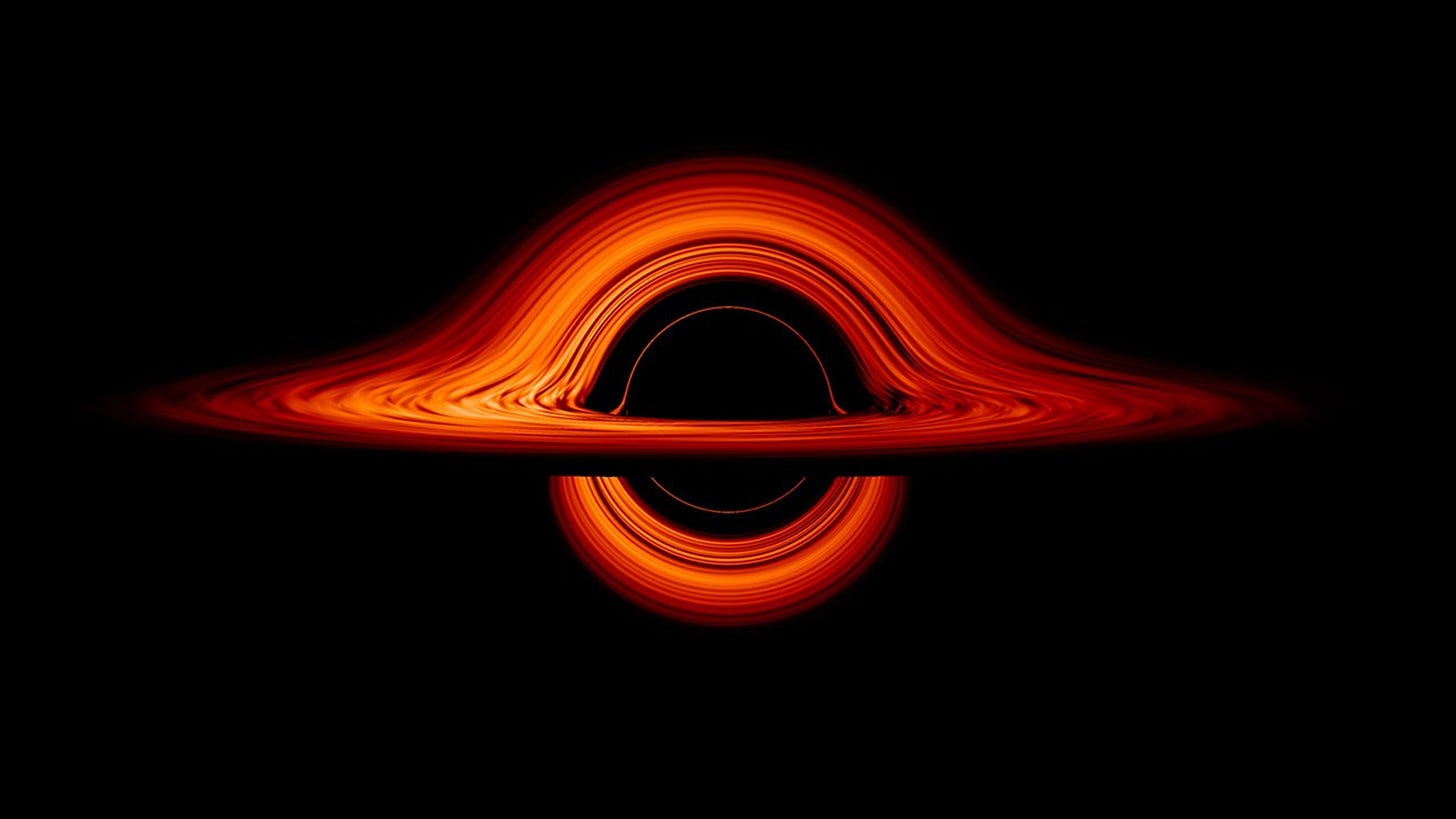The Schwarzschild Solution
On the Gravitational Field of a Mass Point according to Einstein’s Theory (1916)
The year is 1916. The blood is still fresh on the fields of Ypres and Champagne. Not far behind the front, a brilliant German physicist named Karl Schwarzschild publishes a watershed solution to Albert Einstein's new theory of general relativity.
Paralleling the soldiers of World War I who struggle through perilous trenches and artillery fire, Schwarzschild will have to do battle with differential geometry and tensor calculus in order to formalize this modern understanding of gravity. In the end, he will arrive at a mathematical framework that will forever shatter how we view astrophysical phenomena and ultimately the fate of the universe.
Einstein’s Challenge
General relativity, published in 1915, described gravity not as a force in the traditional sense but as the curvature of spacetime by mass and energy. One of the theory’s first big hurdles was to mathematically describe the gravitational field of a single mass point, such as a star or planet. This would codify the Newtonian processes of orbital dynamics into the language of spacetime curvature.
Schwarzschild tackled this problem by conceiving a spherically symmetric solution built upon several assumptions. Firstly, he postulated a system which is static over time and spatially symmetric about the origin (the center of mass for the gravitational source). At large distances away from the mass spacetime approaches flatness.


